Clean energy sources are renewed by nature and can be harnessed with minimal damage to the earth. By making electricity from sunlight, wind, waves, and geothermal heat, clean energy offers an infinite source of power without harm.
Clean energy technology is a major new arena for international collaboration and competition, as well as investment and employment.
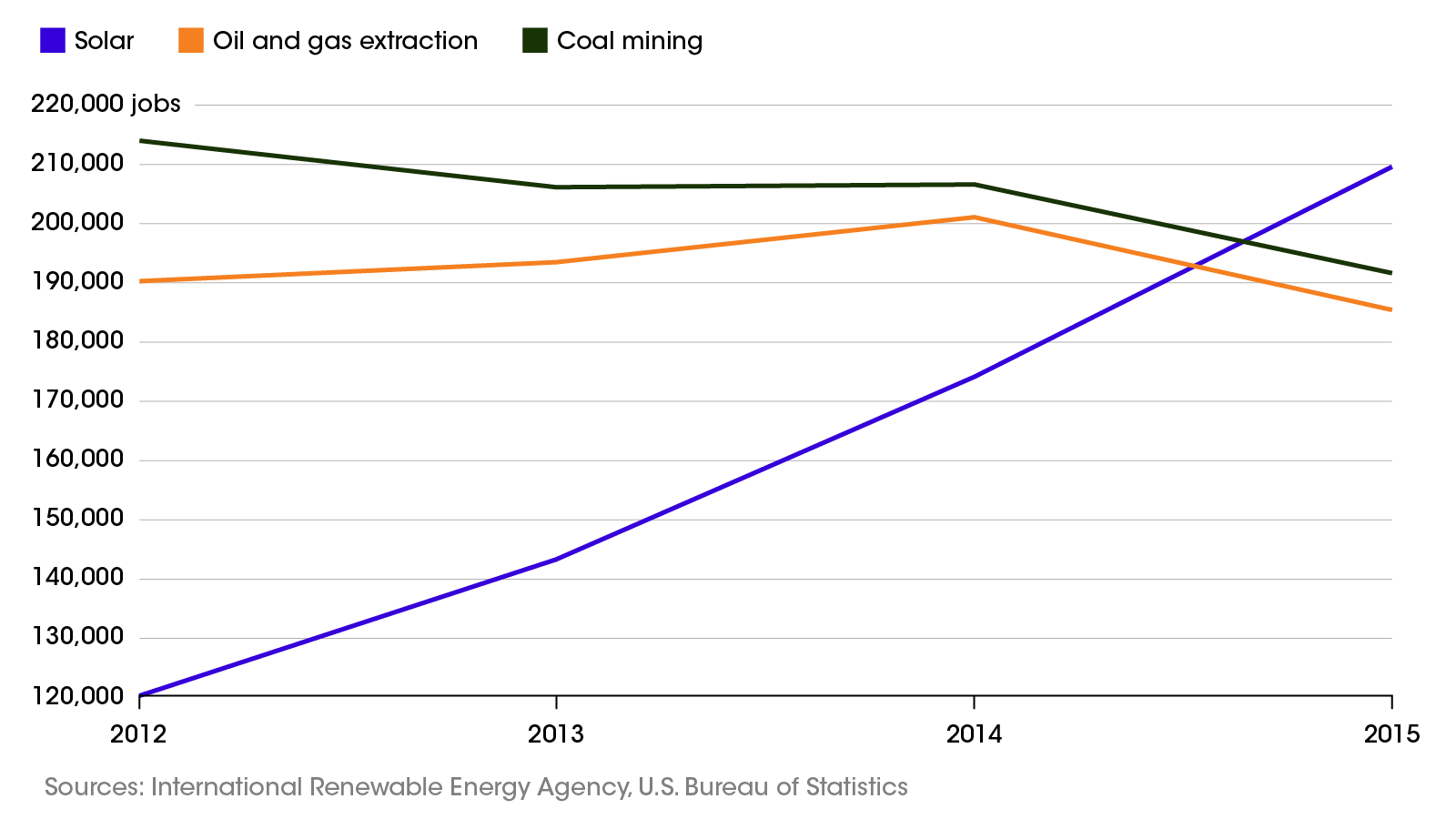
120 world leaders met to address pathways for a sustainable future at the United Nations Climate Change Conference (known as COP26) in 2021 in Glasgow.
Record amounts of solar energy has been added to global electricity supply in recent years. Growth in renewable energy is expected to continue with solar power leading the way.
Australia has the highest uptake of solar energy globally, with approximately 30% of homes installing rooftop solar power - offering clean, affordable energy and energy independence.
Oil, Natural Gas, Coal and Carbon Prices have risen very sharply in the past two years. Lithium and Cobalt prices (the two key elements in electric car batteries) have also increased significantly. This materially improves the economies of solar and alternative battery solutions.
US$ Past 3 Years
US$ Past 5 Years
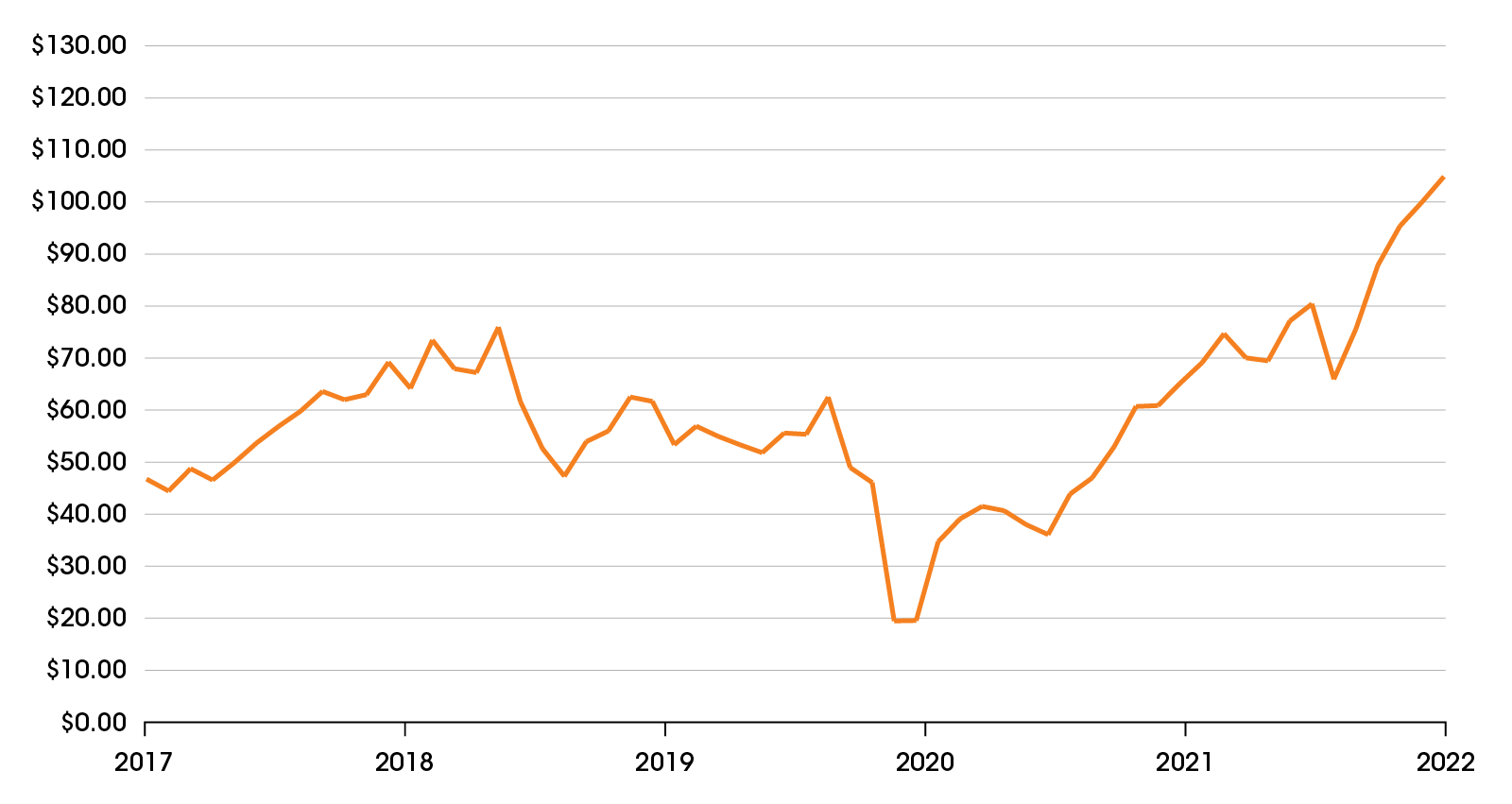
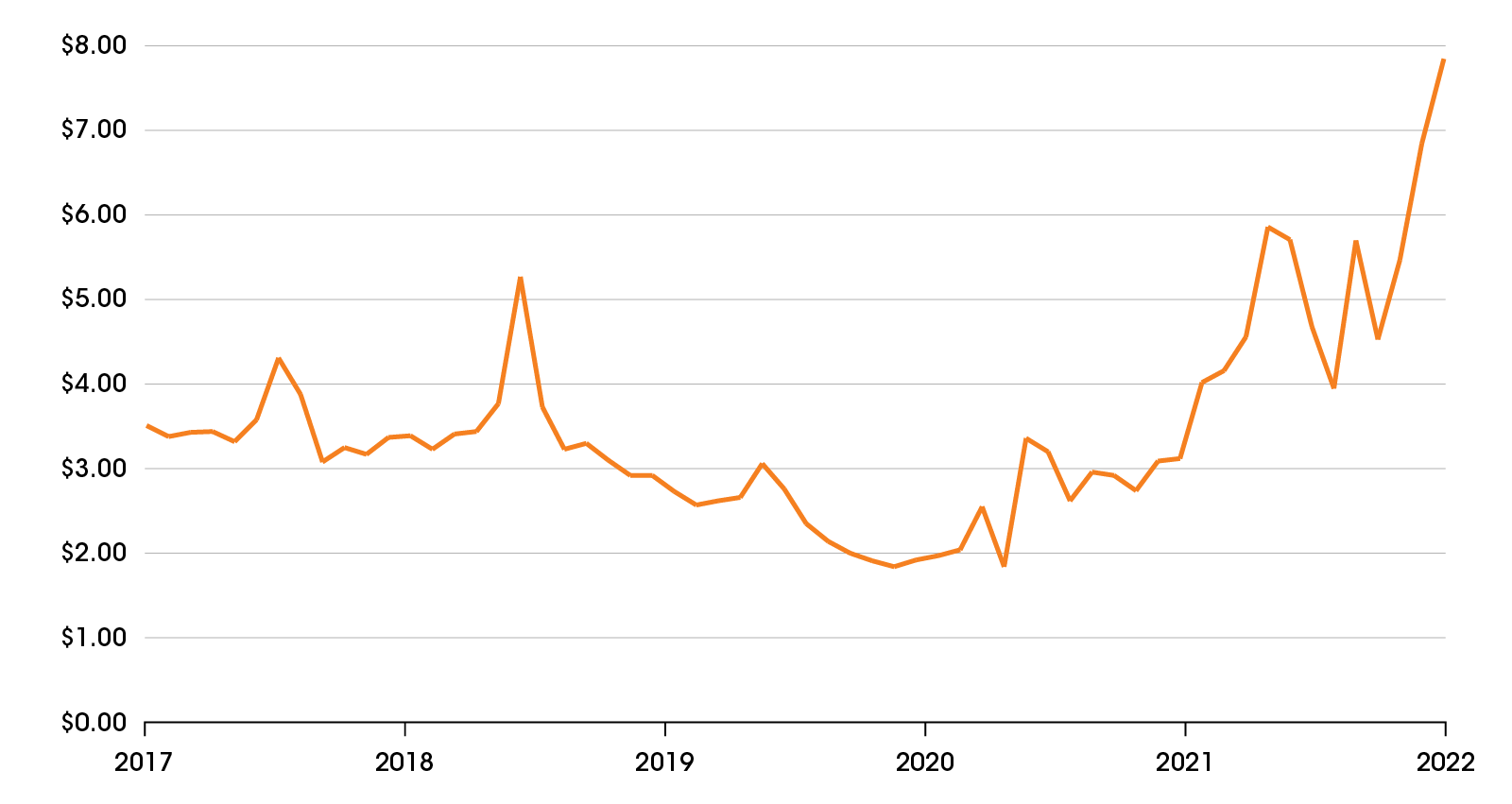
Per Tonne (Euro)
Past 5 Years
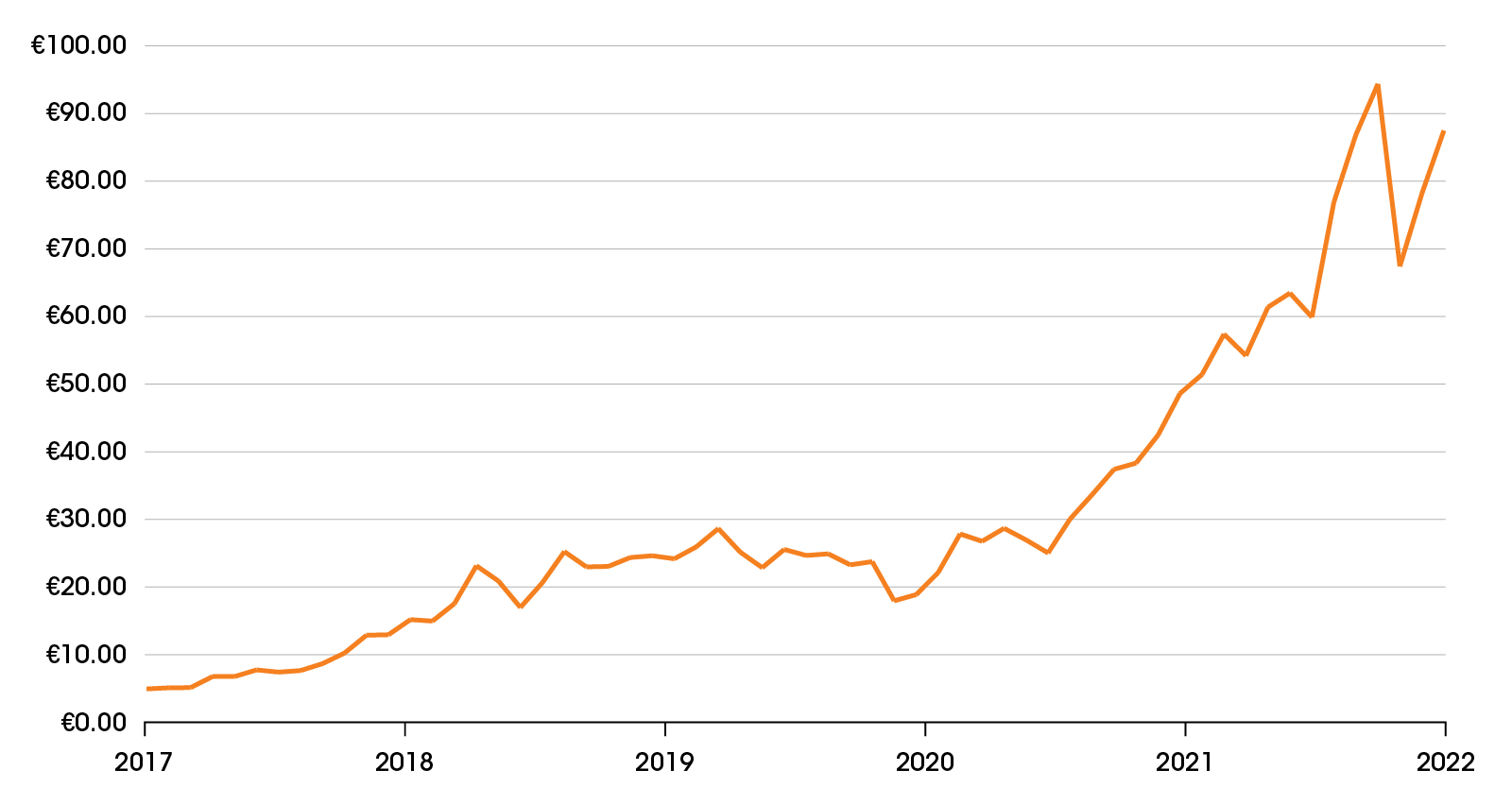
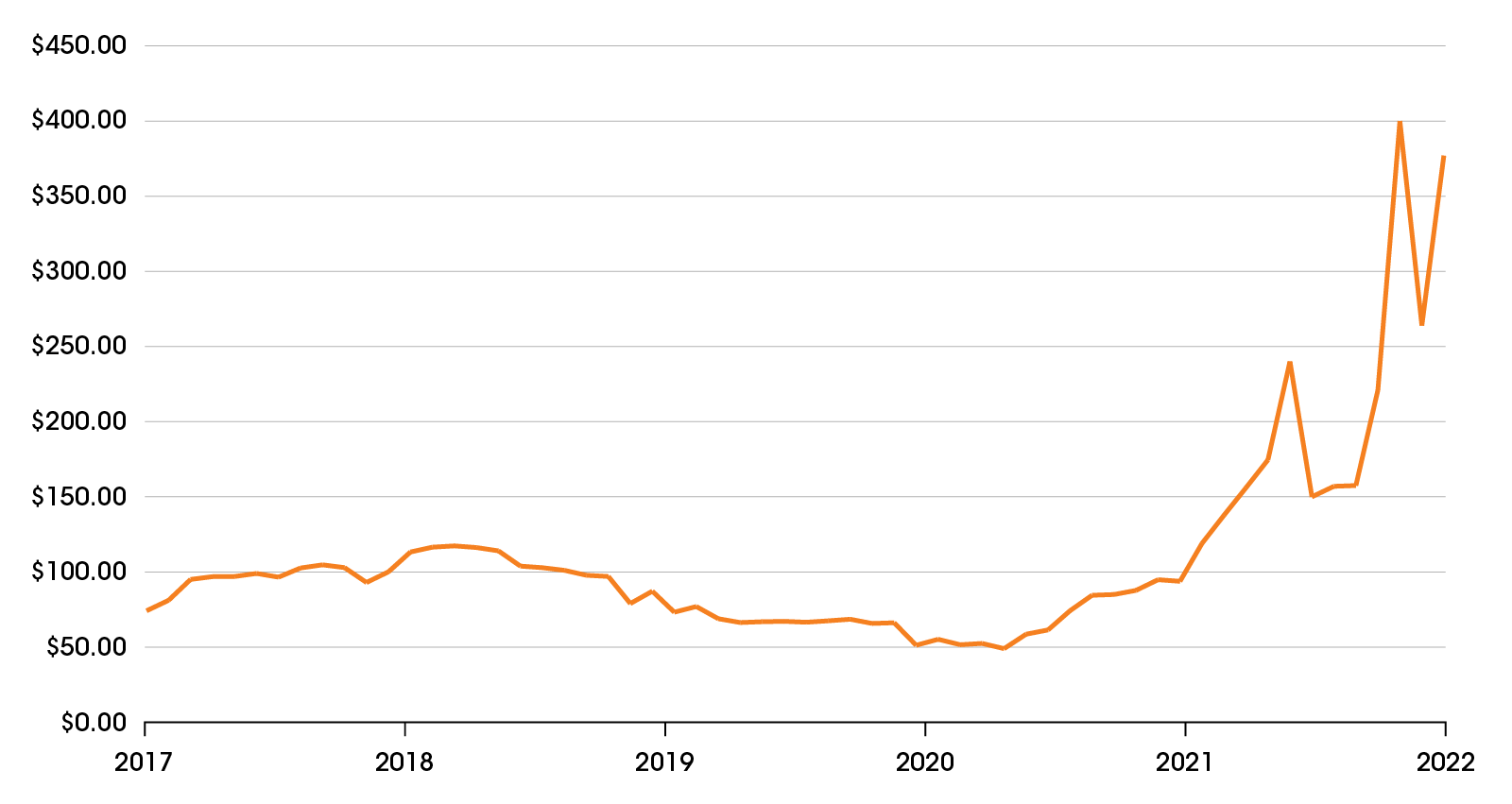
Past 5 Years (CNY/T)
Past 5 Years
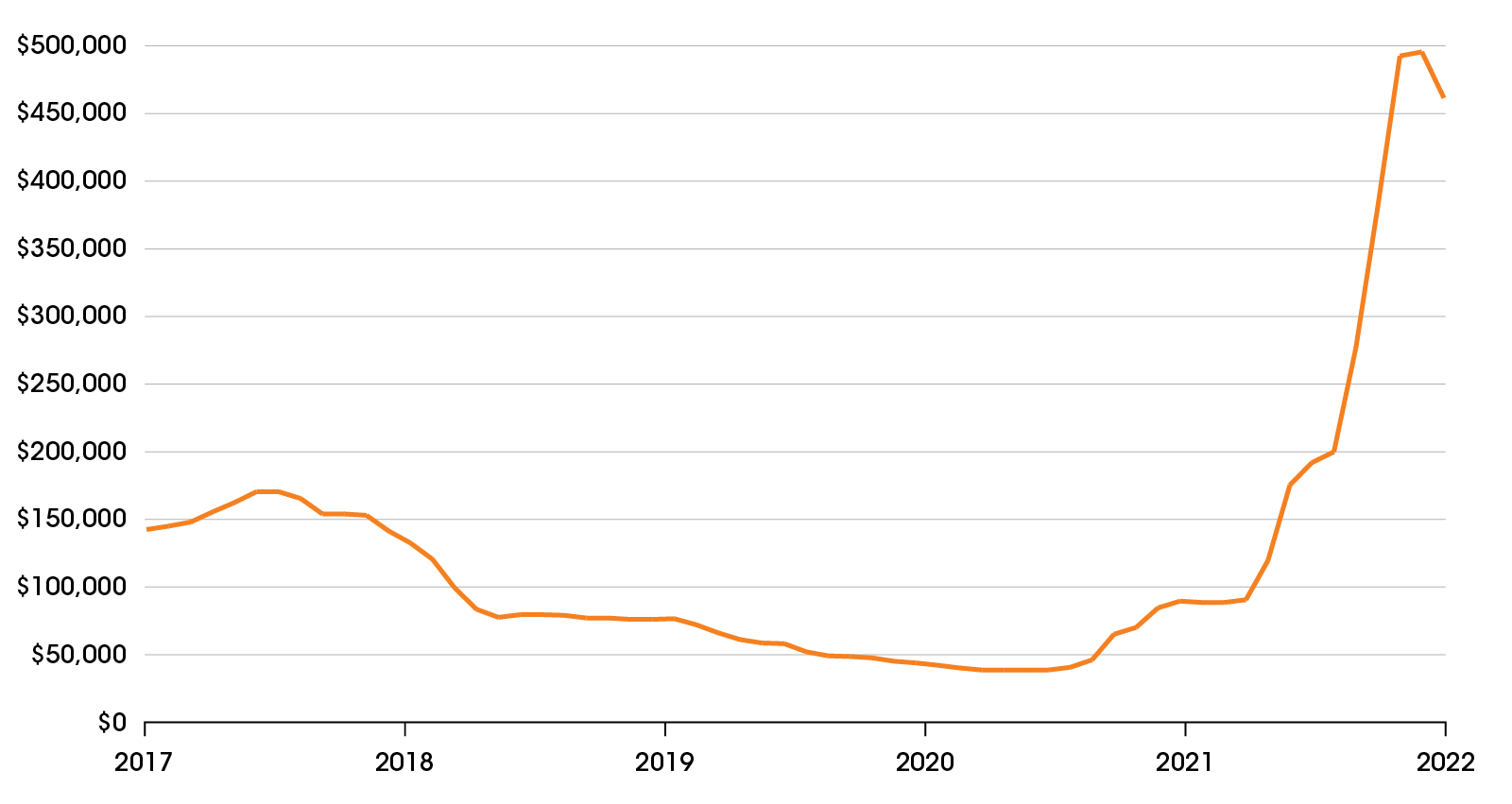
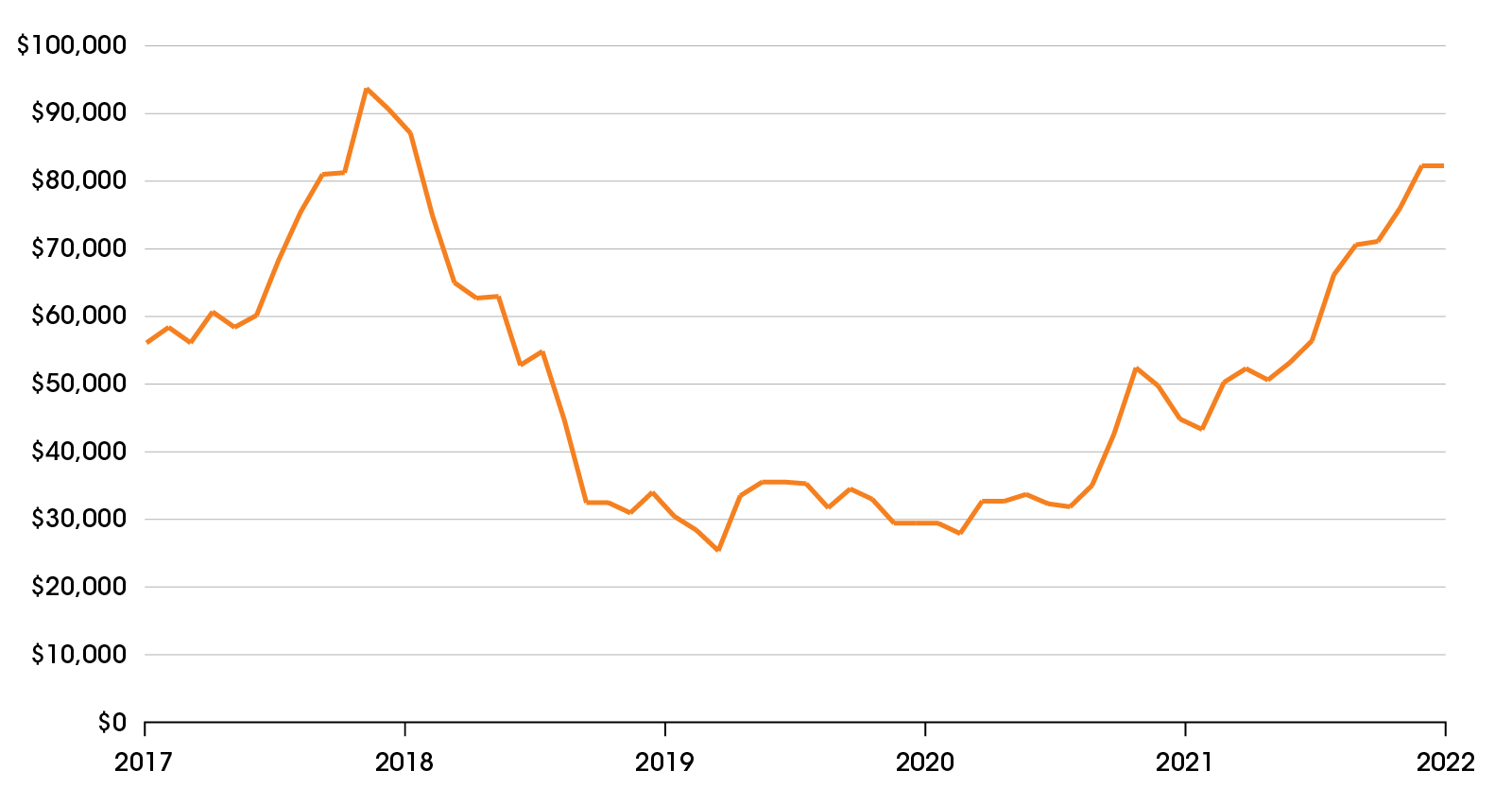
Then: The Archimedes Death Ray reportedly used reflected sunlight to burn attacking Roman ships in Syracuse in 212 BCE. Before that, the ancient Greeks cooked in concentrated solar energy ovens.
Now: Sophisticated coloured solar panels are integrated into buildings for electrical power and appealing design.
Like many other countries, almost half of Australia’s large businesses are actively transitioning to solar power (photovoltaics or PV). Sound business reasons include escalating fossil-fuel prices, Environment, Social and Governance (ESG) goals, future-proofing and government initiatives away from coal burning.
In addition, solar technology is offering increasing opportunities for smart building design to include aesthetically appealing solar panels – elegant form and solar function combined. This may be integrated into the building’s initial design (Building Integrated Photovoltaics or BIPV) or added on to existing buildings (Building Adapted Photovoltaics or BAPV).
